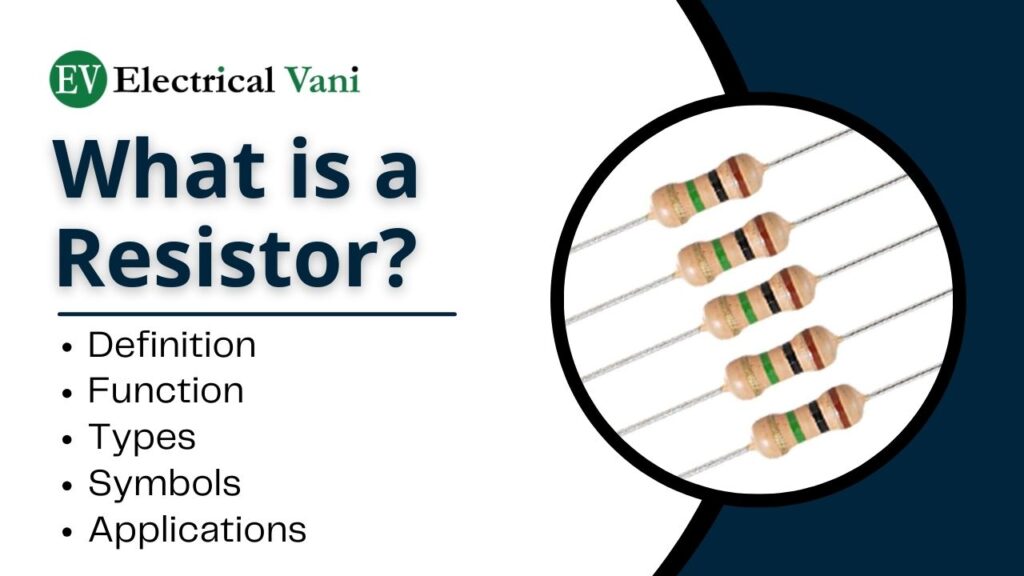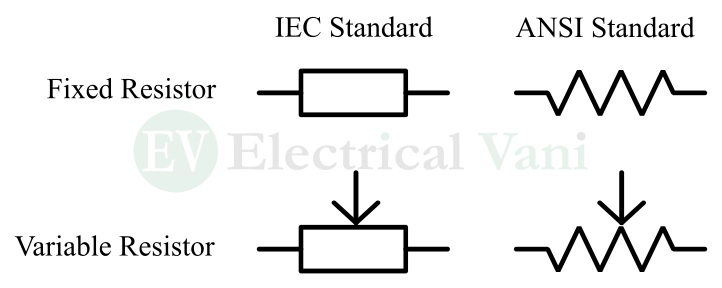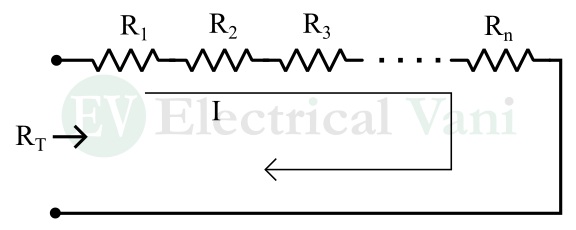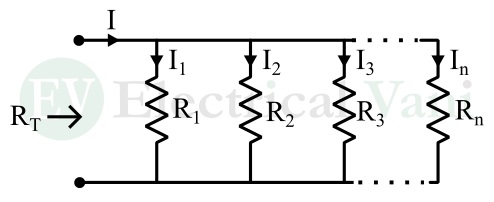The resistor is a basic circuit element used in electrical and electronic circuits to introduce electrical resistance. It is one of the main components used to design circuits. A resistor is a passive circuit element that can provide electrical friction in the flow of electric current and can reduce the total amount of electric current in the circuit. In this article, I will explain various concepts related to resistors, such as the definition of resistor, resistor symbol, the function of resistors, the types of resistors, and the applications of resistors. Let’s start with the basic introduction to resistors.

What is Resistor?
In electrical and electronic circuits, the resistor is a passive circuit component that is used to introduce electrical resistance in the flow of electric current through the circuit.
Therefore, the primary function of a resistor is to control the amount of current through a circuit. A resistor is also used to control the voltage across a particular section of the circuit.
A resistor is typically made up of materials that have high electrical resistance and are capable of dissipating electrical energy in the form of heat.
Function of Resistor
The primary function of a resistor is to control the amount of current flowing through a circuit. It introduces electrical resistance to the flow of electric current and reduces its strength.
When an electric current flows through a resistor, it dissipates some part of the total electrical energy in the form of heat and hence reduces the total amount of current in the circuit.
Types of Resistors
Based on resistance value, resistors are classified into the following two types namely,
- Fixed Resistors
- Variable Resistors
Based on the linearity property, resistors are also classified into the following two types:
- Linear Resistors
- Non-Linear Resistors
Let’s discuss these types of resistors in detail.
(1). Fixed Resistors:
A type of resistor that has a constant resistance value which is specified when it is manufactured and this resistance value can never be changed at any time is called a fixed resistor.
Examples of fixed resistors include carbon composition resistors, wire wound resistors, thick film resistors, thin film resistors, etc.
(2). Variable Resistors:
A type of resistor that does not have a specified resistance value, but its resistance value can be changed within a certain range is called a variable resistor.
Some common examples of variable resistors are potentiometers, rheostats, trimmers, etc.
(3). Linear Resistors:
A type of resistor whose resistance does not change with any change in its voltage and current is called a linear resistor.
In other words, the resistor whose current response is a linear function of the voltage applied is called a linear resistor.
A linear resistor follows Ohm’s law, i.e. for a linear resistor, the ratio of voltage across and current through it always remains constant.
Hence, the voltage-current characteristic of a linear resistor is a straight line passing through the origin.
Examples of linear resistors are carbon composition resistors, wire wound resistors, carbon film resistors, etc.
(4). Non-Linear Resistors:
A type of resistor whose current response is not a linear function of voltage applied is called a non-linear resistor.
In other words, a non-linear resistor is one for which current is not directly proportional to voltage across it.
Therefore, the non-linear resistors do not follow Ohm’s law and their voltage-current characteristic is not a straight line.
Some common examples of non-linear resistors are photoresistor, thermistor, varistor, etc.
Symbols of Resistors
The symbols of fixed and variable resistors are shown in the following figure.

Resistors in Series
When two or more resistors are connected together in such a way that the current through all the resistors remains the same. Then, the resistors are said to be in series.

The total resistance of resistors connected in series is calculated by using the following formula:
$$R_T=R_1+R_2+R_3+⋯+R_n$$
Where RT is the total resistance of series connected resistors and Rn is the nth resistor in the combination.
Hence, when the resistors are connected in series, their total resistance is calculated by adding the resistances of all the resistors.
Resistors in Parallel
When two or more resistors are connected in such a way that the voltage across all the resistors is the same and the current through each resistor is different depending on the resistance value. Then, the resistors are called to be connected in parallel.

The total resistance of the parallel connected resistors is calculated by using the following formula:
$$\frac{1}{R_T} =\frac{1}{R_1} +\frac{1}{R_2} +\frac{1}{R_3} +⋯+\frac{1}{R_n}$$
Applications of Resistors
The resistor is one of the most fundamental building blocks of any electrical or electronic circuit. The primary purpose of a resistor is to lower the current flowing in the circuit.
A list of some common applications of resistors is given below:
- Resistors are used in electrical and electronic circuits to control the circuit functions, such as in a fan regulator, the resistor is used to regulate the speed of the fan.
- The resistor is used to generate heat from electrical energy in resistance heating.
- Resistors are also used to divide voltage to obtain lower voltages.
- Resistors are also used to protect sensitive electronic devices like transistors, LEDs, etc. from overcurrent and overvoltage.
- Resistors are also used in motor control circuits and motor starters.
- In musical instruments, the resistor is used to control the pitch of the musical tone.
- In an audio amplifier, the resistor is used to control the loudness of the audio signal.
Conclusion
In conclusion, a resistor is a passive circuit element that is used to control the flow of current through a circuit. It dissipates an extra amount of electrical energy in the circuit in the form of heat. Resistors can be of two types namely, fixed resistors and variable resistors.
A resistor is one of the basic components in an electrical or electronic circuit. It is the fundamental building block of all the electrical and electronic circuits. We can join multiple resistors together to get a higher resistance value in a circuit.
In this article, I have explained all the major concepts related to resistors. Still, if you have any doubt related to this topic, please let me know in the comment section. I will answer shortly.
Hello there! This blog post could not be written much
better! Reading through this post reminds me of my previous roommate!
He continually kept talking about this. I’ll forward this post to
him. Fairly certain he’ll have a good read. I appreciate you for sharing!
Thank you !